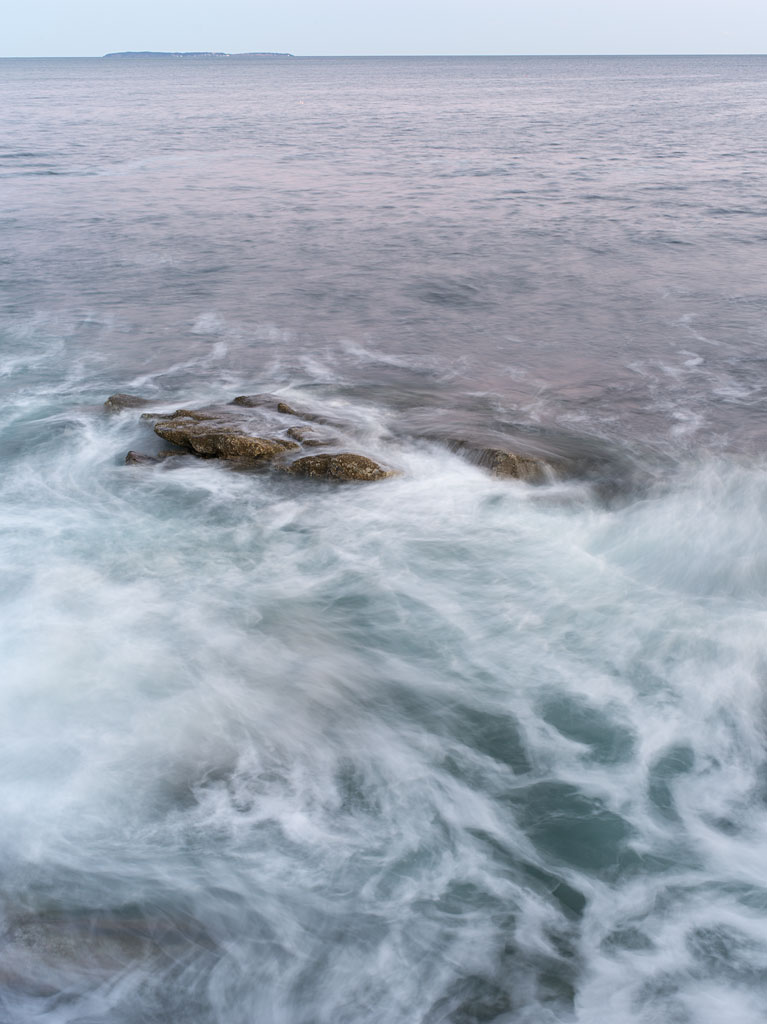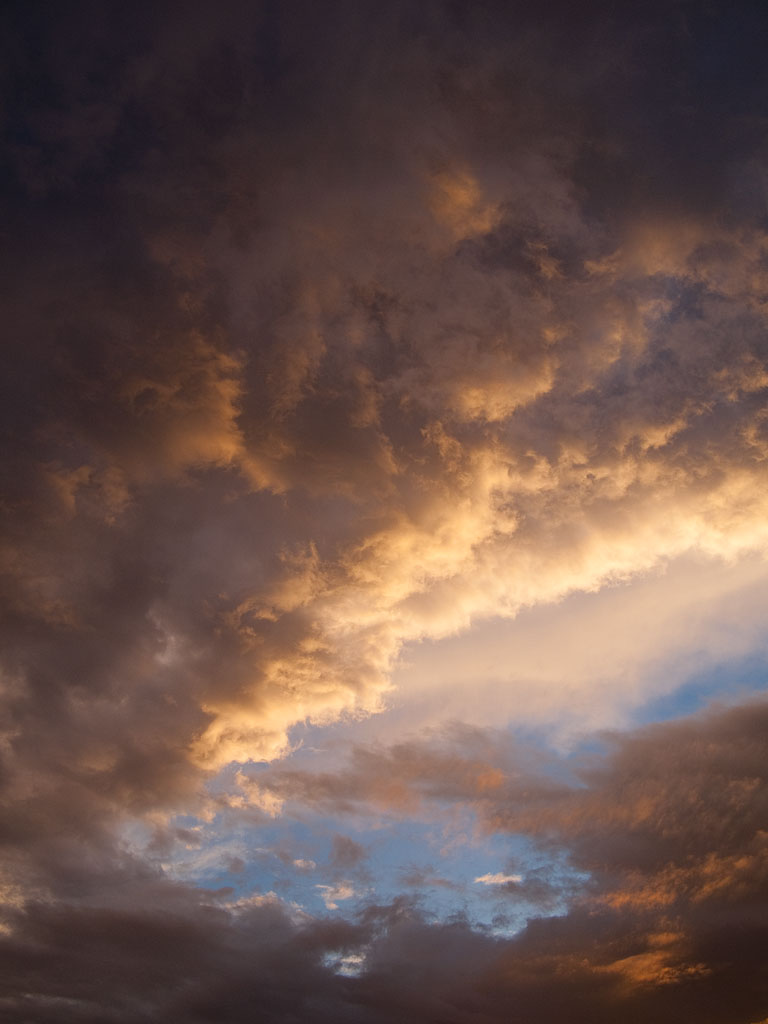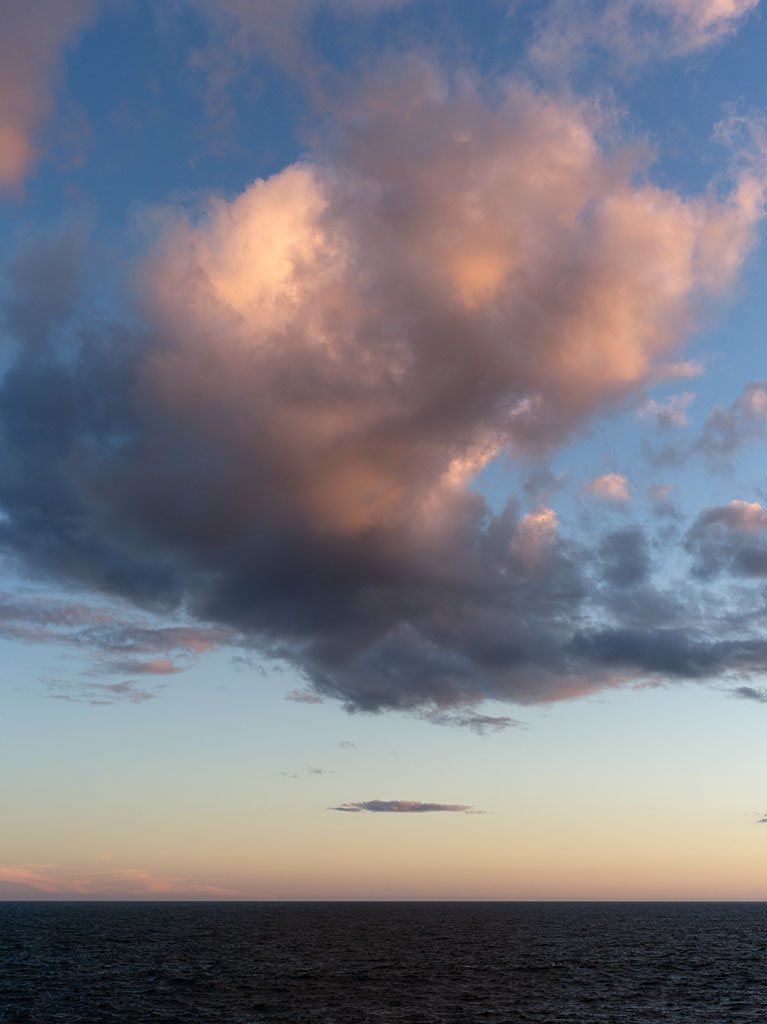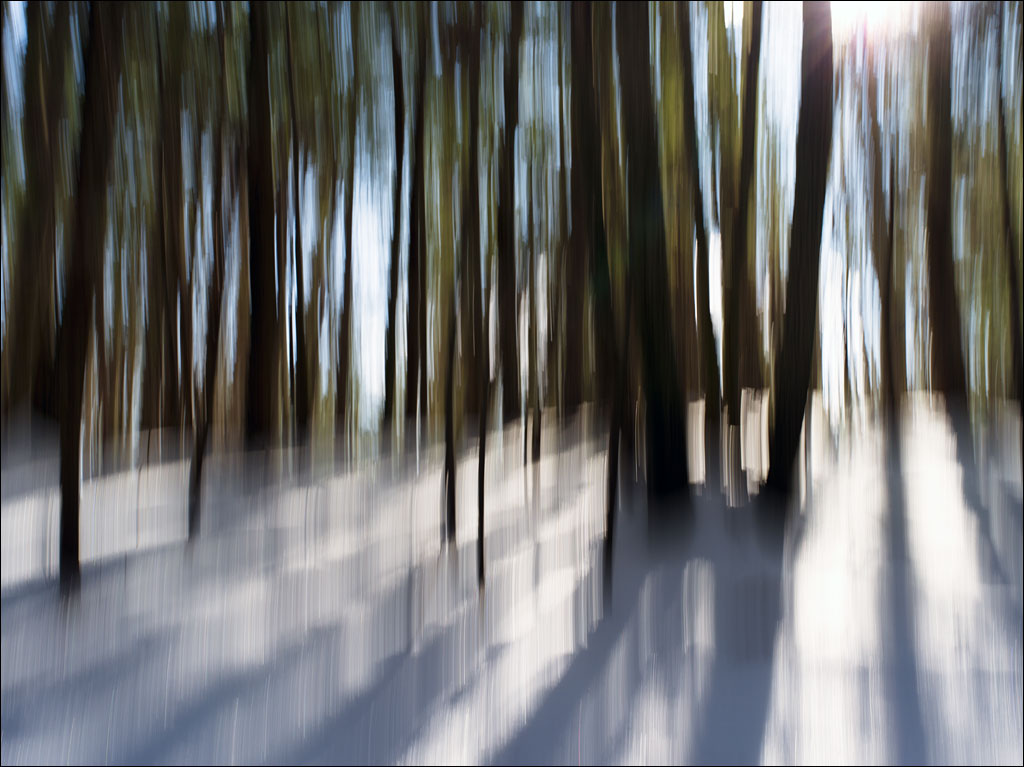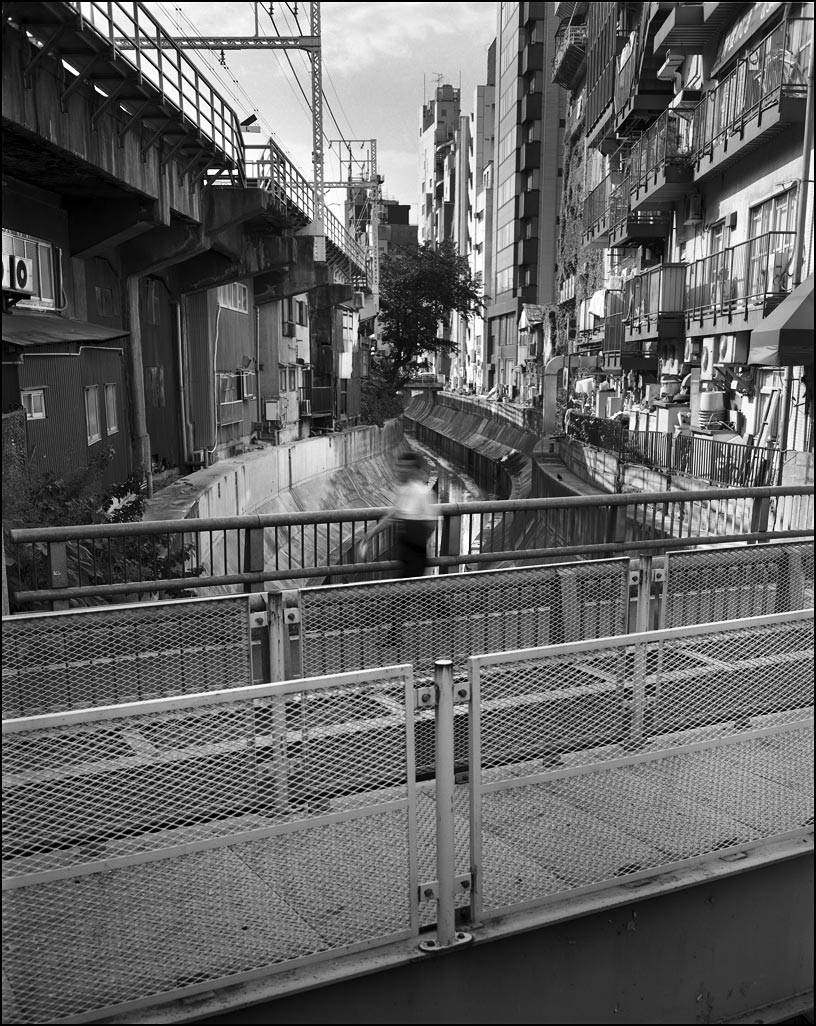 Kumadanaji, Bear Valley Temple, is not a scary as it sounds. Tucked in the end of a small valley, it is a peaceful place. This temple has one of the most impressive compounds on the pilgrimage. The main hall can be seen on the right and the steps on the left lead to the Daishi hall. We climbed the bell tower to ring the temple bell—two good friends, both pilgrims before us, had taken shelter at this temple and were the inspiration for our pilgrimage.
Kumadanaji, Bear Valley Temple, is not a scary as it sounds. Tucked in the end of a small valley, it is a peaceful place. This temple has one of the most impressive compounds on the pilgrimage. The main hall can be seen on the right and the steps on the left lead to the Daishi hall. We climbed the bell tower to ring the temple bell—two good friends, both pilgrims before us, had taken shelter at this temple and were the inspiration for our pilgrimage.
At Kumadanaji, Kobo Daishi is said to have had a vision of the Shinto god of Kumano, who bestowed upon him a small statue of Kannon Bosatsu (Avalokitešvara). Kobo Daishi carved the temple’s main image of Senju Kannon (Avalokitešvara of a thousand hands) to enshine it. Click on the image for a larger view.


